
The majority of times that a Root Cause Analysis (RCA) is ‘required’ is often due to some type of threshold of pain being met. Someone is hurt, we’ve had an environmental excursion, we lost a lot of money in throughput or equipment damage, we violated some regulation, etc. Essentially, when the ‘suits’ show up, something bad has happened and we will do an RCA whether we like it or not. This is the basis of ‘reactive RCA’, where we respond to an incident that has already met certain defined requirements, often called ‘triggers’. [Read more…]


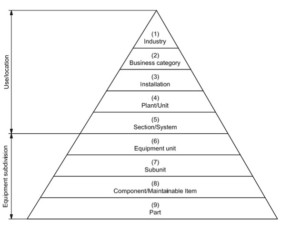




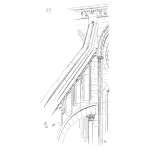
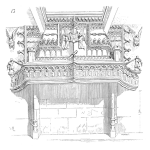
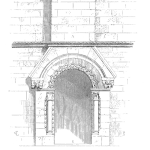
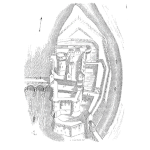

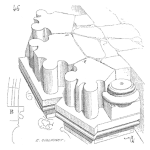
 Why is that some organization seem to break the reactive cycle and others don’t? After all most organizations have a
Why is that some organization seem to break the reactive cycle and others don’t? After all most organizations have a